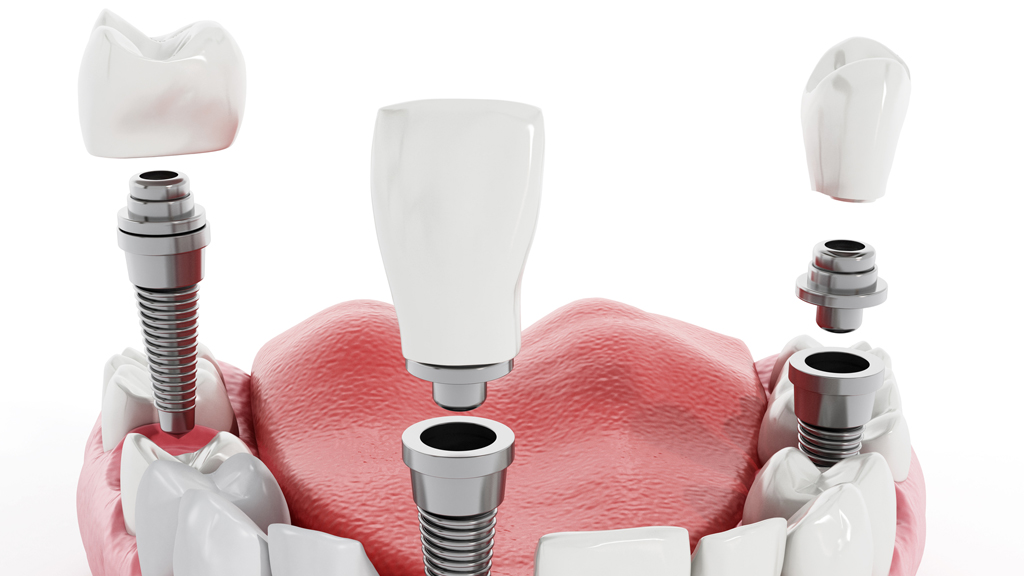
Dear Readers,
As promised in my last newsletter, I will review tooth replacement options in today’s letter. Before I get into the details, I wanted to stop and smell the roses. We are closing out our fourth month as new owners of 32ology. I have met countless patients who have considered CSD their dental home for decades and they are happily continuing their annual visits with us. You have greeted me with big smiles and warm hearts. I am so grateful to have been accepted with open arms. I wanted to give special thanks to our wonderful staff – Carol, Daisy, Jasmine, Brenda, and Sukhi for transitioning all of us with ease and continuously dedicating themselves to excellent patient care. We truly are a team and without each other, we could not provide the same level of service.
Now, with the vision to educate patients about dentistry, I will go over the different options that are available to replace missing teeth. In my last newsletter, I reviewed the importance of replacing a tooth in order to avoid shifting and tilting. Dentistry provides three options: implant, bridge or partial denture. I will go over what each option is, how long each procedure takes, and provide the advantages and disadvantages of each.
Implant
The implant is currently the most successful option in healthy patients. It is simply a screw that is placed in the bone, which holds a crown. It is a three-step process that can take four to eight months depending on the complexity and healing ability of the patient. After placement, we wait three to six months for the bone to accept the implant and fuse to it. Then we attach the abutment or connection to the crown and then take the final impression to create the crown. Who is considered a good candidate? Important factors to consider are the amount of bone remaining where the tooth was lost, whether the patient is a smoker or not, and the periodontal health and immune system of the patient. Each person is unique and each location of the missing tooth can have a different situation that may affect its success. For this reason, it is imperative to take a 3D scan and get a thorough consultation with the dentist to evaluate if you are a good candidate for an implant.
Bridge
A bridge is the second best way to replace a missing tooth. It is usually a three-unit piece that is permanently cemented using the adjacent teeth as anchors. This option can only work if there is a tooth on both sides of the empty space. The retainer teeth must be healthy enough to be drilled upon and crowned to hold the fake tooth in the middle. This unit once cemented does not come off and needs to be taken care of by flossing underneath to last a long time. The process takes only two appointments and can be finished in as little as two weeks.
Denture
Finally, the least invasive option is the partial denture. It can take two to six appointments with multiple adjustments. The partial denture is a removable prosthesis that is made of different combinations of acrylic and metal to replace one or more teeth. Certain types can be used while eating, and others need to be removed and are for cosmetic purposes only. They apply pressure on the holding teeth and gums which can cause damage over time. They take some time to get used to as the cheeks and tongue have to get used to a foreign object inside the mouth.
Between the three different options for tooth replacement, the implant is the most successful and longest-lasting treatment option. It does not compromise adjacent teeth as a bridge does and really restores normal function as it was before. The disadvantage of the implant is that it can take a long process – months before you can have a permanent tooth again and not everyone is a good candidate. The bridge is also a great permanent option because it can last many years but needs to be properly taken care of. The disadvantage of a bridge is that two teeth are compromised by requiring crowns. The partial denture is the least expensive option but my least favorite option since it can be very uncomfortable, difficult to chew with, and require multiple adjustments to get the best fit.
In conclusion, it is imperative to get evaluated by a dentist to determine which is the best treatment for you. I am here to support you with your dental health needs and make sure you maintain and restore your healthy teeth to l